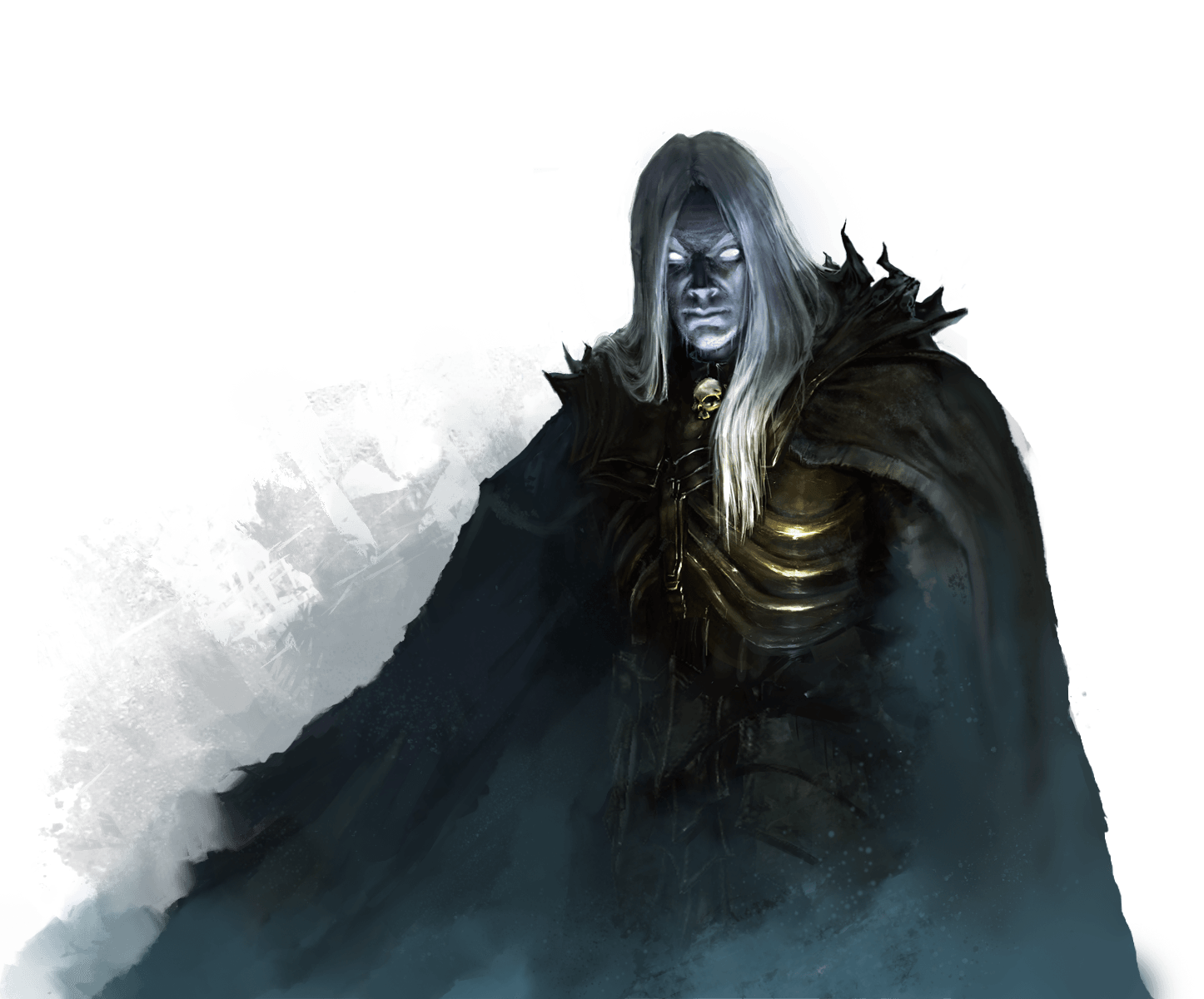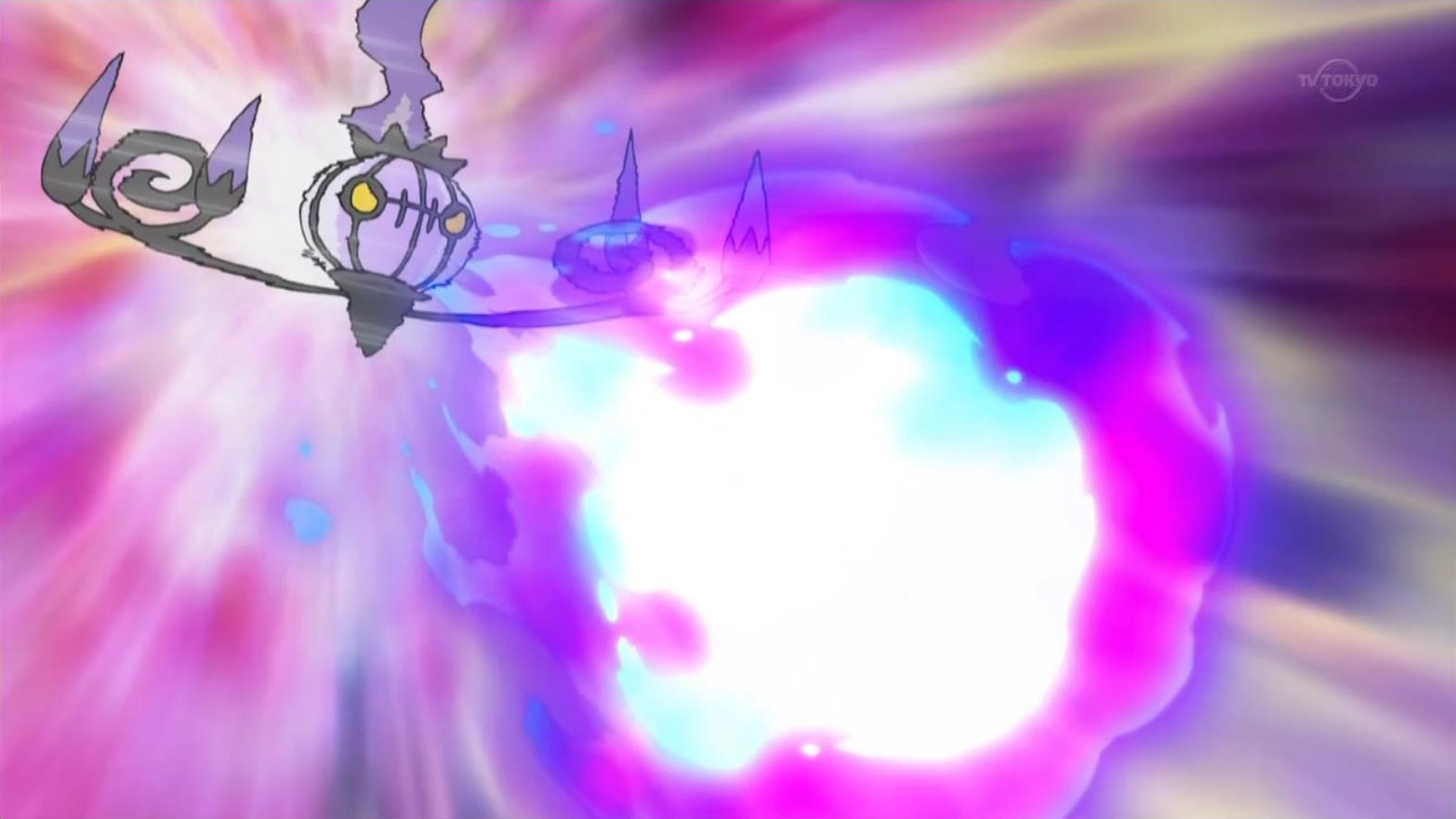I've talked about the Queens and the
Jacks, now it's time to talk about the 10s that I mentioned iterating
upon in my last blog. All the number cards are essentially meant to
be fodder when compared to face cards. They can have effects on the
game and when combined with Possessors they can become powerful, but
their primary goal is to act as a face-down casting resource, or a
low-cost face up card to PacMan in preparation for your face card to
Overtake it. (If you missed the meaning there, go back to the first
blog.)
10s, however, are meant to be above and
beyond the Fodder, with unique attack methods when compared to their
brethren. Rather than just a single standard attack for their battle
phase, they may attack in various augmented ways.
So without further ado, let's talk
about the 10 of Skeletons: The Skelettin.
(I'm actually surprised I found a
picture so easily for this.)
The Skelettin is a two-headed Skeleton
Giant. And because two heads are better than one, Skelettin has the
ability to declare two attacks during a battle phase. Those two
attacks do not have to target the same creature, so it can act as a
fodder clearer or declare its two attacks against the same target to
chip away at BigBads. In fact, there are only 4 creatures currently
in the game that Skelettin can't destroy in one turn if they are
using their base stats. (Possessors or certain card effects can
change this.)
It's a very simple creature design, but
it allows for some extra impactful decision-making for the Skelettin.
Additionally, depending on how I ultimately end up handling battle
phase, his double attack may equally be a curse, since it also may
mean he receives damage twice during his own battle phase. I haven't
quite sorted out how I'm going to handle combat just yet. Presently,
a creature can either move OR attack, and attacking allows the
defending creature to attack back with its own attack stat. I'm
probably going to be testing a change to where you can Move+Attack in
the same turn, which proves a counterattack from the opponent, or you
can simply attack with no counterattack if you are already adjacent
to the opponent. (This will greatly buff Bone Dragon, the Skeleton
Queen, who can declare attacks on any card in the Graveyard, as
well.)
Now, on to the 10 of Ghosts: The
Will-o-the-Wisp.
Will-o-the-Wisp is one of my favorite
crossovers between a real life phenomenon and folklore. It's present
in Super Mario RPG, Pokemon, Paradise Lost, Rime of the Ancient
Mariner, Dracula, Harry Potter, and multiple other famous works or
franchises.
So I had to include it in Necromancy,
especially since it's such a staple of Ghost Pokémon. It's
effectively Ghost Fire in those games.
You may expect, “Oh, that means it's
going to be a Possessor that deals damage every turn it's attached,
right?”
I'm sorry to disappoint you, that's the
unique gimmick of the Banshee, the Queen of Ghosts! The
Will-o-the-Wisp is a fire that just won't die.
Its effect is:
| The possessed creature gains +2 Damage and Reanimates. | Will-o-the-Wisp Reanimates with the creature it possesses. |
Reanimates is a Keyword, an ability
that is represented in the game's official rules. On the player's
next upkeep phase, they may choose to revive this creature. If they
choose to, Will-o-the-Wisp Reanimates with it, remaining in control
of the creature. Typically, Reanimates is a feature of the Zombies –
they are meant to be persistent threats on the field (or, at least,
annoying pests that you can't keep down).
However, with the Will-o-the-Wisp, any
creature can become a reviving threat you must find a way to deal
with, whether the possessed creature was yours or your opponent's
from the beginning.
Up next, the 10 of Zombies: The Plague
Beast.
The Plague Beast is essentially a
pestilent zombified animal. And so it was pretty easy to decide what
its effect would be: Its attacks are Venomous.
Venomous is another Keyword. After the
Plague Beast attacks a creature, that creature is marked as Poisoned,
and during each of its Controller's upkeep phases, the creature takes
damage equal to Plague Beast's attack value. (Plague Beast's basic
attack still deals damage, it just deals additional damage on each
ensuing turn.)
I'm not entirely certain the ability is
strong enough to match up against that of the other 10s. So I'm
exploring the idea of having the Venomous effect also reduce a
Poisoned creature's attack by the Attack value of the creature with
Venomous. (In Plague Beast's case, this would be 2. This may be
different for future expansion set creatures or creatures that may
gain Venomous from Crypt Effects.)
And finally, we come to the 10 of
Ghouls: The Gourmand.
I had a bit of difficulty coming up
with an effect that truly fit a Consumer, but in the end, I created
yet another Keyword to make the Gourmand truly unique in its method
of attack: Swallow.
The Gourmand has a relatively low
attack stat (3), but thanks to its Swallow ability, it can still
cause a lot of pain to the enemy. If Gourmand attacks and does not
destroy the enemy, it consumes Souls from the target's Soul Stack
equal to Gourmand's attack stat. (Gourmand's attack may be reduced to
2 after testing.)
This has two effects: 1) Gourmand gains
additional souls in its Soul Stack, so if it had been summoned on a
Queen, King, or Ace, it might be Overtaken on the player's next turn.
2) Gourmand consumes souls from another Soul Stack. Consumed Souls
cannot be used as Overtakers. They are effectively removed from play
until the creature on top of them is Destroyed. Effectively,
Gourmand becomes a creature who shifts the balance of power toward
its Controller by reducing the control the opponent has on whether or
not his Soul Stacks can be used for Overtaking.
Currently, Gourmand is the only
creature with Swallow in the game.
That covers all the 10s in my current
set for Necromancy. I'm not sure when I'll blog again, but I do
believe the next blog should cover the Kings, which I've only touched
on in passing. Kings are all very strong creatures, though I don't
think they are currently balanced very well. So after my next
iterative pass on them, I'll be sure to explain the design process
behind them and their new effects on the game.
Thanks for reading!






No comments:
Post a Comment